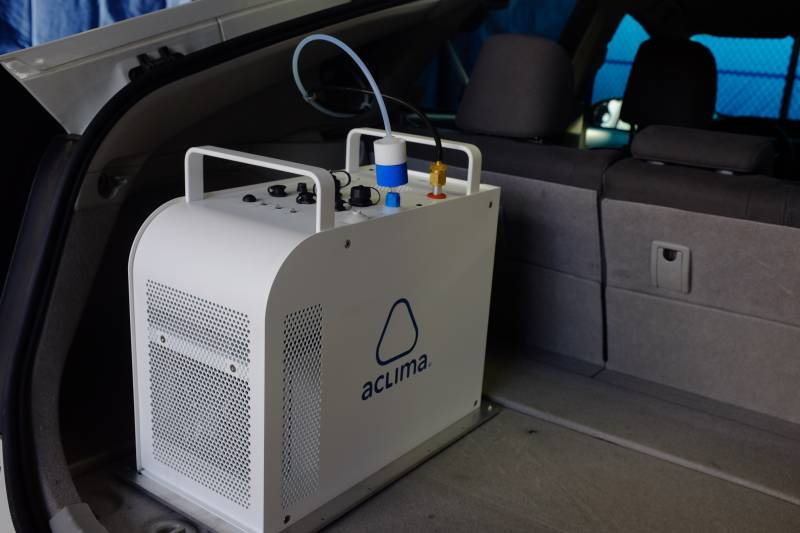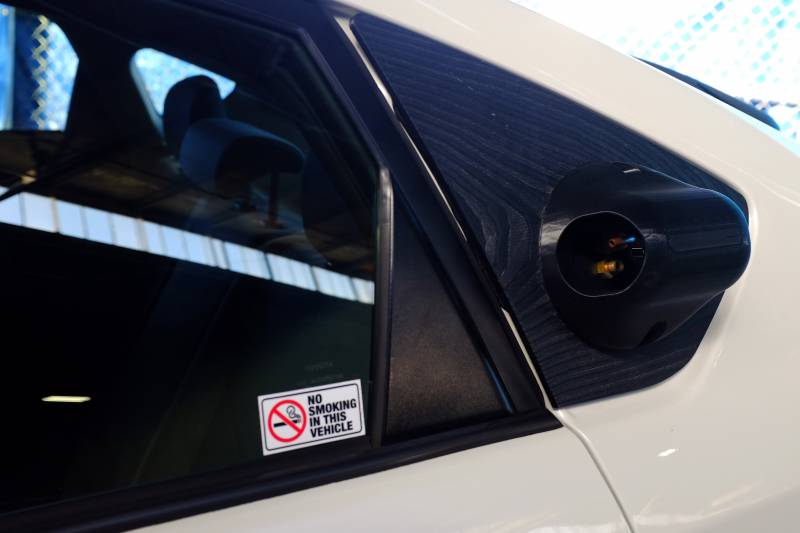A fleet of Toyota Priuses equipped with sensors to detect greenhouse gases, particulate matter and other pollutants is monitoring air quality across the Bay Area.
The Bay Area Air Quality Management District announced this month that the hybrids will collect block-by-block data from all nine Bay Area counties, spanning more than 5,000 square miles of public roads. The district will use data collected through this year and early 2021 to create hyper-local air quality maps. Those will be available to the public on the BAAQMD’s website starting later this year.

The air district is partnering with technology company Aclima to outfit the mobile fleet with sensors that measure pollution in the form of carbon monoxide, carbon dioxide, nitrogen monoxide, nitrogen dioxide, ozone and fine particulate matter, all detrimental to human health. Aclima will help analyze the data.
Air quality district executive officer Jack Broadbent says recent wildfires, climate change and federal rollbacks of emission standards have created a need for more precise local air quality tracking.
“What we need now, more than ever, are facts,” Broadbent said, adding that his agency is going to use “new technologies and approaches to build upon our air quality data to better inform our actions and protect Bay Area residents.”
